Whether you optimistically jumped into the new year or took small baby steps, we can all agree that last year was one for the books. Not only did 2020 became synonymous with adversity, disappointment, and frustration, but we were inundated by dismal news for so long that we probably forgot there was any other kind. But we promise there was!
So before we completely close the book on 2020, let’s take one last look to check out just a few happier, non-COVID related stories from our science community that you may have missed.
How Old is Old?
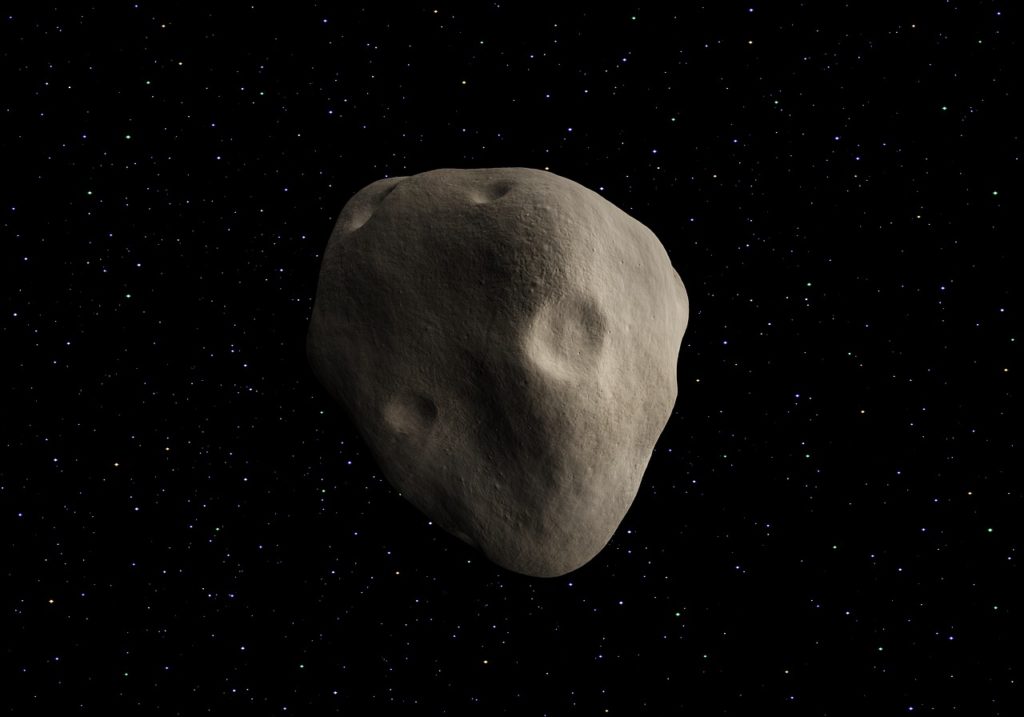
The Murchison Meteorite, which crashed into Australia in 1969, was found to be the oldest solid material on Earth after a new study was conducted. Using a mass spectrometer, researchers calculated the effects that cosmic rays had on the atoms inside the meteorite. The microscopic grains, or stardust, were found to be around 7 billion years old, making it older than our entire solar system!
New Test for Early Diagnosis
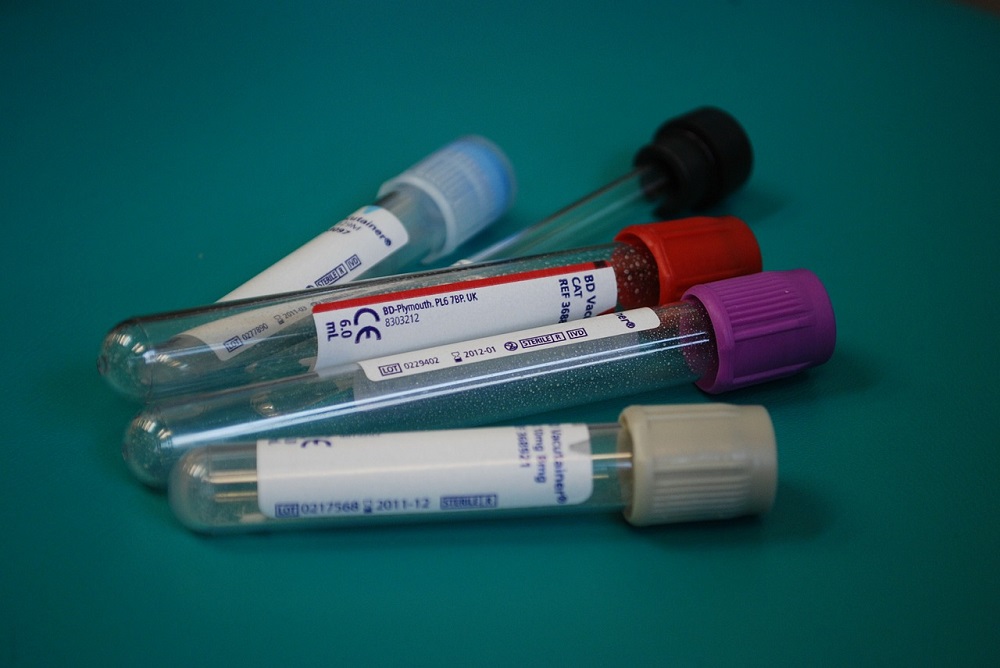
2020 also rolled out the first blood test that checks for markers commonly associated with Alzheimer’s disease. Testing of various kinds have already been in place, however a blood test could assist in an earlier diagnosis for more patients. The hope is an earlier diagnosis will provide patients more time to prepare and help create a better quality of life, as well as provide more data for clinical trials.
“Wonderchicken”
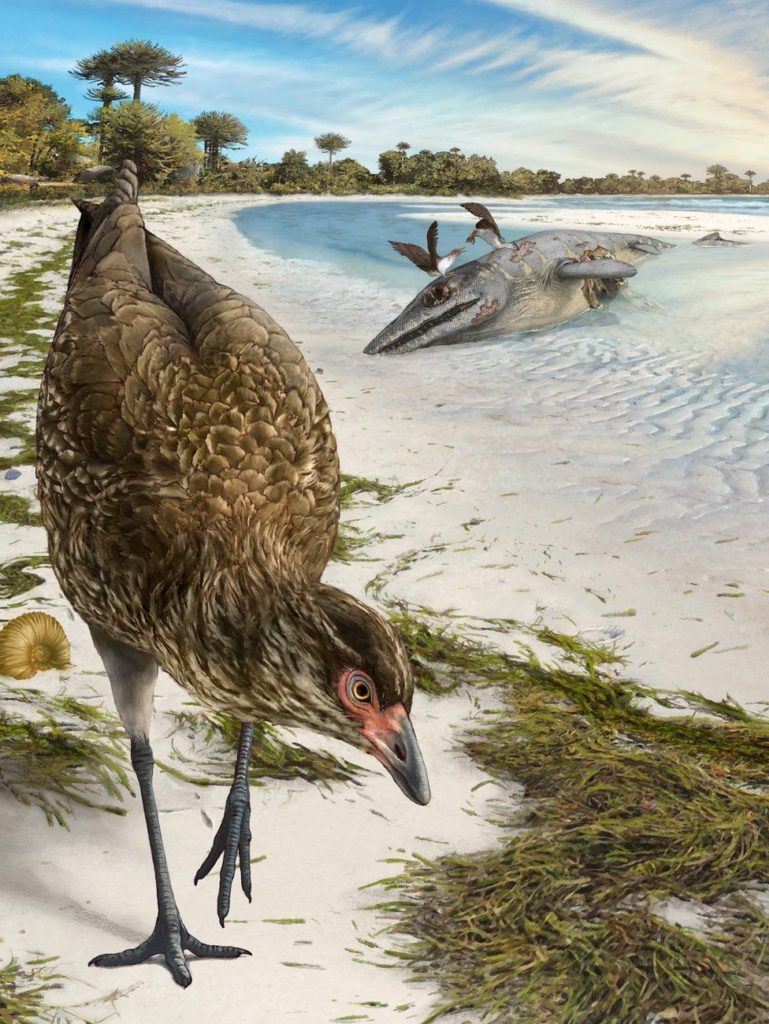
The earliest modern bird, dubbed the “Wonderchicken,” was identified by a team of paleontologists earlier in the year. The Asteriornis maastrichtensis lived just a little over 66 million years ago, putting it in the late Cretaceous period with well-known giants such as the Tyrannosaurus rex and Triceratops. Unlike the dinosaurs, the “Wonderchicken” is believed to have survived the mass extinction event. It would have been closely related to the ancestors of quails, ducks and, of course, chickens!
Rats! Nicer Than You Think?
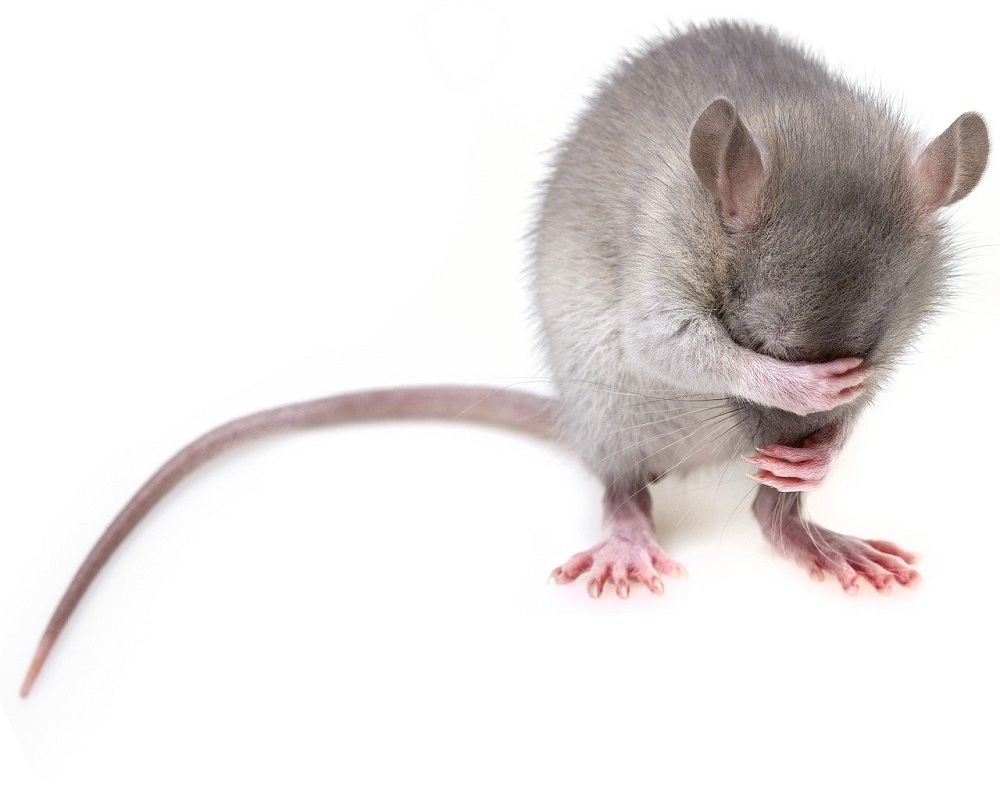
Because everyone loves a feel-good animal story! A study from the Netherlands Institute of Neuroscience (NIN), showed that rats and humans have more in common than we think. When given the opportunity for a sweet treat, the rats in the study turned down the treat if it meant hurting another rat. This harm aversion behavior, based in moral judgement, is normally only associated with humans. So calling someone a rat isn’t quite the same insult anymore.
An 800 Year Wait
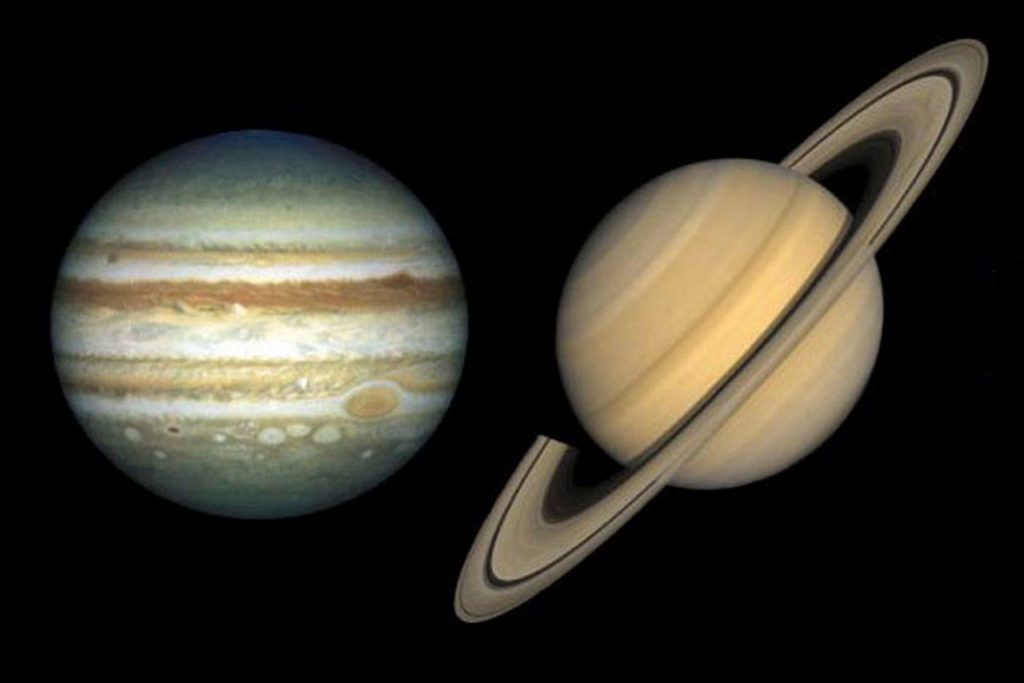
The year wrapped up with the Great Conjunction of 2020, an astronomical event that hadn’t occurred (in the night sky) in almost 800 years- which is two centuries before the printing press was invented in case you were wondering. Just after sunset on December 21st, our two largest planets, Jupiter and Saturn, could be seen so close together they almost appeared merged as one. If you missed it, no worries! You only have to wait another 60 years for the next one.

